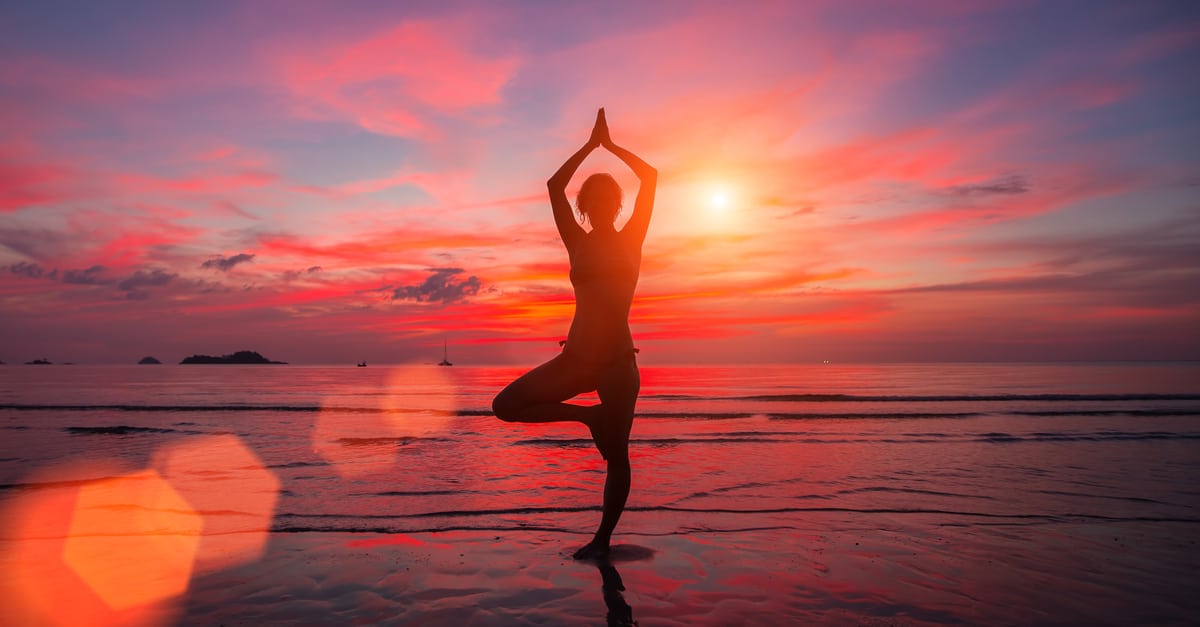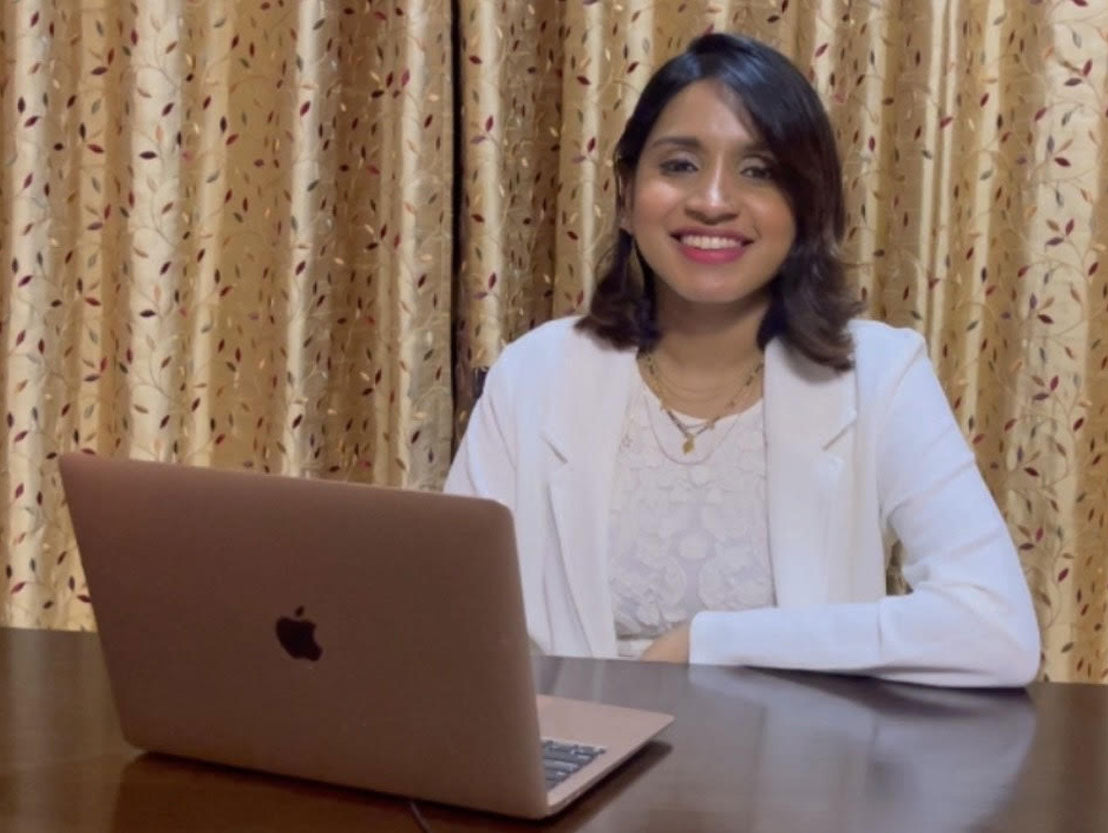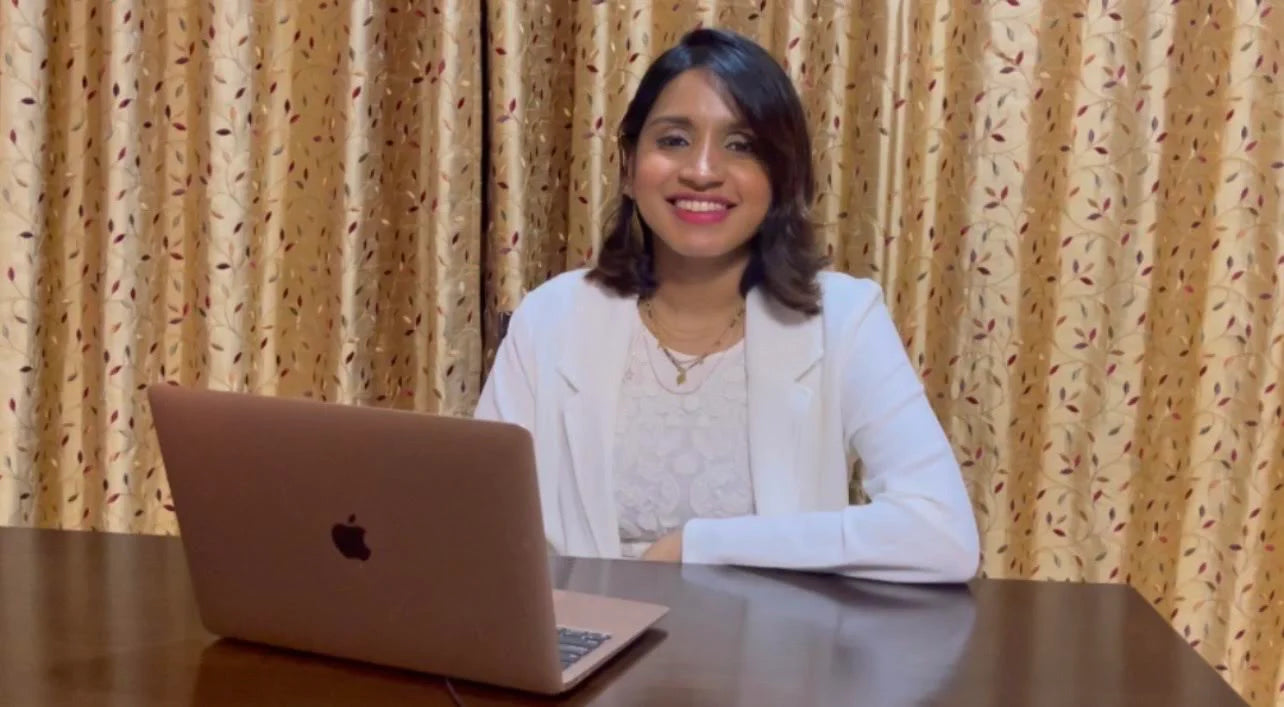Yoga for Beginners – 5 Must Learn Asanas

As a beginner, we often wonder, what is yoga, and what makes it different from any other form of exercise? Yoga is much more than just exercise. Yogic methods and postures involve you completely. Which means when one practices yoga not only the physical but the emotional, mental and spiritual forms of our existence are also involved.
Types of Yoga
Hatha yoga is the style of yoga that is relatively gentle, slow and a good place to start for beginners who prefer a more relaxed style where they hold poses longer. This system combines the practice of postures (asanas) and breathing (pranayama) to bring peace to the mind and body.
5 Must learn poses for beginners
As a beginner one needs to choose the asanas wisely. You need to ensure that all parts of the body are exercised. So, choose asanas that involve postures like standing, sitting, prone, lying on the back. This ensures that all limbs are used and exercised. Further we will elaborate on five asanas that are good for beginners-
I. Tadasana
This asana is the foundation of all standing yoga postures. It is also called mountain pose (Tada-mountain). The asana focuses on balancing the body weight on the feet. Performing this asana helps improve posture and balance, strengthen the legs and regulates the digestive, nervous and respiratory systems. Steps 
- Stand with your feet flat, slightly spread out.
- Keep the spine erect, with hands on both sides and palms facing your body.
- Stretch your hands to the front and bring the palms close to each other.
- Inhale deeply, and stretch your spine. Raise your folded hands up above your head, stretch as much as you can.
- Try lifting your ankles stand on your toes and eye skywards If you cannot stand on your toes, you can keep your feet flat on the ground while looking skywards.
- Breathe normally and hold the pose for up to 30 seconds.
- Inhale deeply, and while exhaling, slowly relax and bring your feet back to the floor
II. Vrikshasana
As the word describes, an individual has to stand like a tree (Vriksha- tree). The asana stretches the legs, back and arms and rejuvenates the body. It helps in maintaining balance, improving concentration and strengthening the legs.

Steps
- Stand erect and drop your arms to the side of your body.
- Slightly bend your right knee, and then, place the right foot high up on your left thigh. Make sure that the sole is placed firm and flat on the root of the thigh.
- Your left leg needs to be absolutely erect. Once you have assumed this position, breathe, and find your balance.
- Now, inhale, and gently raise your arms over your head and bring them together in a ‘namaste’ mudra.
- Keep your spine straight. Take in deep breaths, and every time you exhale, relax your body more.
- Gently bring your hands down from the sides and release the right leg.
- Come back to the original position of standing tall and straight as you did at the beginning of the practice. Repeat this pose with the left leg.
III. Paschimottanasana
This is a seated asana which incorporates a forward bend as well. Performing this asana correctly helps relieve stress and mild depression. It is also said to improve digestion and increase appetite. For women, this asana helps relieve the symptoms of menopause and menstrual discomfort.

Steps
- Sit on the floor with your legs crossed.
- Keep your spine erect, and stretch your legs out to your front. Your feet should point to the ceiling.
- Inhaling deeply, stretch your hands above your head without bending your elbows. Stretch your spine to the maximum.
- Exhale, and bend forward from your thighs. Bring your hands down, and try to touch your toes. Your head should rest on your knees. Beginners can try touching their ankles or just thighs as a starter.
- Breathing in, hold your tummy, and try to retain the position for 60 to 90 seconds initially. Slowly, increase the time of holding the position.
- Exhaling, bring your body upward, relieving your toes from your fingers to come back to the Sukhasana or Padmasana pose.
IV. Kumbhakasana

Popularly known as the plank. This asana is in the prone posture (Kumbhak-breath retention). In this asana, an individual has to balance on their hands and use the rest of the body as a support. This asana tones all the core muscles of the body. It strengthens the arms, wrists, and shoulders. Practicing Kumbhakasana also builds endurance and stamina.
Steps
- Start with the kneeling position with the hands on the thighs.
- Bend forward and place your hands on the floor in front of you. Raise the buttocks up to assume the cat position with the knees still on the floor.
- Slide both the feet backwards and raise the knees above the ground so that you are balancing the weight of the body with your two palms and the toes of the feet.
- Breathe slowly. Hold the position for as long as you are comfortable. The more you stay in this position, the more you will develop strength and stamina.
- To release the pose, bend the knees and bring the knees to the floor. Come back to the kneeling position.
V. Sethubandasana
Also known as the bridge pose, this asana is a counter pose to paschimottanasana. It is a good asana for a beginner because it strengthens their back and stretches the front part of the body too. This asana also calms the brain and is helpful for people suffering from asthma, high blood pressure, osteoporosis, and sinusitis.

Steps
- Begin the asana by lying flat on your back.
- Bend your knees and place your feet on the floor hip-width apart. Make sure that your ankles and knees are placed in a straight line.
- Let your arms rest beside your body, with your palms facing downwards.
- Inhale, and lift your back (lower, upper, and middle) off the floor. Roll in your shoulders, and make sure your chin touches your chest without you having to move it. Let your shoulders, feet, and arms support your weight.
- Hold the posture for 30 seconds to a minute. Breathe slowly and deeply.
- Exhale and release the pose.
Conclusion
Yoga helps you feel better, inside out. Practicing the asanas with correct breathing and meditation will keep one fit physically and mentally. So, if you would like to balance the body, mind, and spirit choose Yoga!







